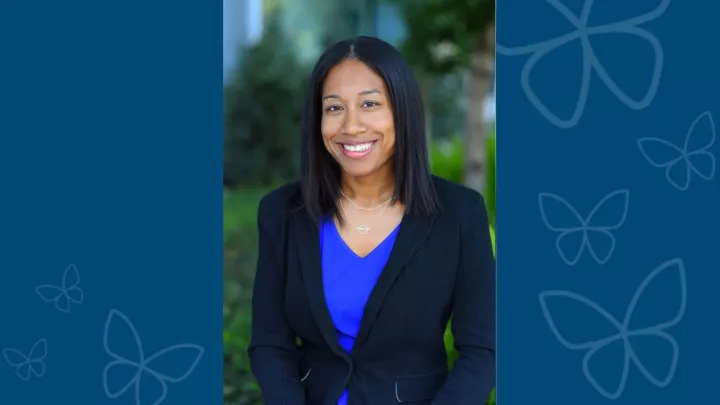Sports Injury Treatments
Injuries happen to athletes of all ages and skill sets. We know that no one likes to be sidelined. Our Sports Medicine Program offers the latest treatments, as well as motion analysis, to safely return your child to play.
Nonsurgical Treatments
Nonsurgical treatment options include:
- Casting and bracing: We’re experts at using casts and braces to heal broken bones. Some athletes return to play while wearing the adjustable waterproof Exos brace. For certain X-rays, we use the EOS low-radiation imaging system to reduce radiation exposure.
- Injection therapy: Injections of platelet-rich plasma and corticosteroids can promote healing and reduce pain, depending on the nature of the injury.
Surgical Treatments
We specialize in the latest minimally invasive surgeries. These procedures take place through smaller incisions resulting in less pain and blood loss, and a faster recovery. Surgical treatments include:
- Arthroscopic surgery
- Tommy John surgery or ligament reconstruction
- Fractures and growth plate fracture repairs
Arthroscopic surgery
During arthroscopic surgery, doctors use a scope (a small camera) to see inside joints and perform procedures. The entire surgery takes place through a few small incisions. We use arthroscopic surgery to treat:
- Knee ACL tears, meniscus tears and kneecap (patella) dislocations
- Hip labral tears and hip impingement
- Shoulder dislocations and shoulder labral tears
- Cartilage injuries to the knee, elbow, ankle, hip and shoulder joints
- Overuse injuries, such as throwing injuries
Tommy John surgery or ligament reconstruction
Athletes who throw a lot — such as baseball, softball and even water polo and lacrosse players — can tear the ulnar collateral ligament (UCL) inside the elbow. This ligament stabilizes the elbow joint. Some people call UCL reconstruction Tommy John surgery. Tommy John, a professional baseball pitcher, was the first athlete to return to play after having the procedure in the 1970s.
UCL reconstruction involves:
- Replacing the torn ligament with a connective tissue graft (tendon) taken from another part of the body or from a donor
- Growth of a new ligament on the tissue graft
- Extensive postoperative rehabilitation prior to full return to athletics
Fractures and growth plate fracture repairs
Growth plates are cartilage at the end of still-growing bones. Improperly treated growth plate injuries can affect limb length or lead to a misshapen limb. Most growth plate injuries heal with proper casting. If there are displaced bone fragments or an unstable fracture, our experts may perform an open reduction and internal fixation surgical procedure.
During open reduction surgery, a surgeon puts the bone fragments back into their proper position. We then use screws, wires and metal plates to secure the bones in place. Your child wears a cast until the fracture heals.
Post-Treatment Services
We offer a range of services to help your child recover from an injury. Services include:
- Physical and occupational therapy: Rehabilitation services are a key part of an athlete’s recovery. We use a team approach, working directly with physical and occupational therapists to improve return to play. To ensure your child performs exercises correctly and gets the most benefits, we use surface electromyography (EMG). This noninvasive test allows us to assess muscle and nerve function and identify incorrect techniques.
- Motion lab: To gauge treatment progress and success, we conduct a 3D biomechanical analysis of your child’s movements at the Motion and Sports Analysis Lab.
- On-site orthotics: Our medical equipment representatives fit your child for boots, crutches, braces and other devices.
- Care clinics: We offer same- and next-day appointments at specialty care centers throughout the county. Your child can get X-rays and other diagnostic tests, as well as follow-up care close to home.


